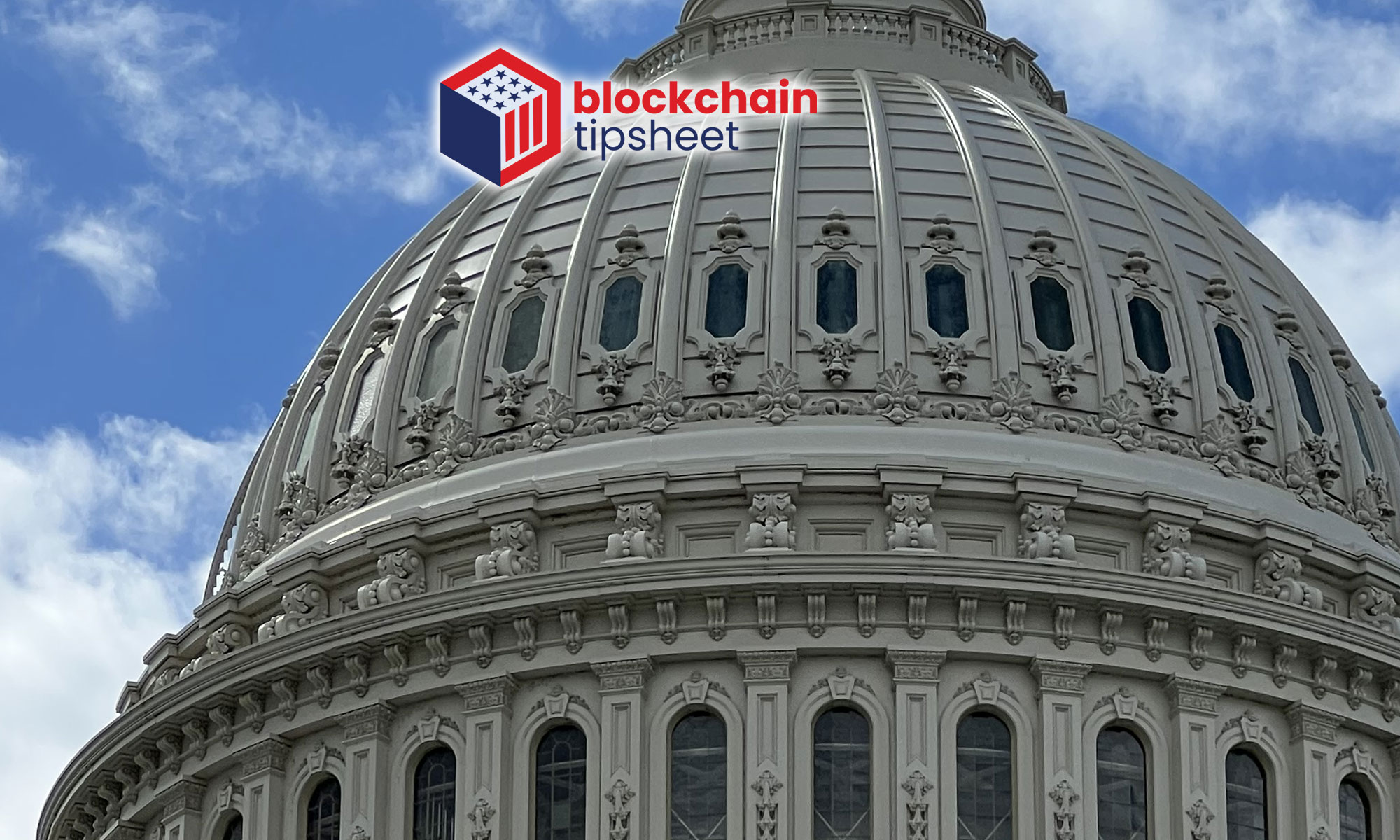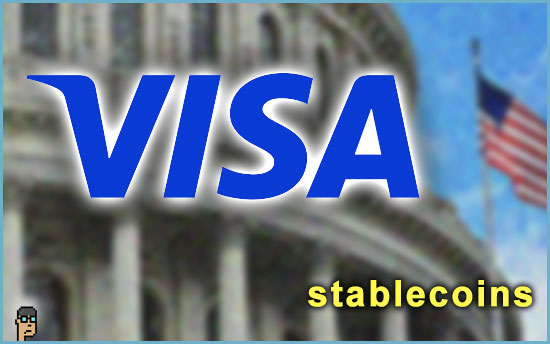stablecoins and settlement
In an effort to optimize the movement of funds – and settlement – in real-time between a consumer’s bank (the issuer) and the merchant’s bank (the acquirer), payments company VISA announced it is taking the next step in the use of stablecoins and Circle’s USDC.
According to a company press release: “Visa is expanding its stablecoin settlement capabilities to the high-performing Solana blockchain and is working with merchant acquirers (i.e. payment processors) Worldpay and Nuvei.” Read the release.
VISA details that it has been using stablecoins for settlement in various tests around the globe since 2021. The company is vague on how much is currently flowing through their stablecoin-infused, payment network today other than saying they’ve “moved millions of USDC between its partners over the Solana and Ethereum blockchain networks to settle fiat-denominated payments authorized over VisaNet.”
Nic Carter of Castle Island Ventures tweeted, “this is a huge deal. writing on the wall: stables will become defacto interbank settlement solution via card networks. even my non-crypto fintech friends are fired up about this.”
Settlement is a core use case for blockchain and crypto, in particular. More in Blockworks.
Late yesterday, the House Financial Services X account run by the Republican majority picked up the stablecoin baton and tweeted about the stablecoin bill percolating in the House, “Republicans like Rep. Mike Flood (R, NE) are advancing bipartisan legislation that includes both state and federal pathways for issuance and regulation.” Read Rep. Flood’s quote.
Ahhh, the state/federal conundrum… Democratic leadership has been guiding away from state oversight and towards federal as it relates to stablecoins. Will there be compromise this fall?
bills in Congress
The digital asset market structure bill – Financial Innovation and Technology (FIT) for the 21st Century Act [H.R.4763] – passed out of the House Financial Services Committee with bipartisan support in late July and appears to have the pole position of sorts among Congressional crypto bills according to Blockchain Association’s Director of Government Relations Ron Hammond.
Hammond explained in a tweet thread yesterday on X, “With stables in a holding pattern, FIT Act has taken lead on the educational front. The market structure bill is a dense piece of legislation and even the Members who work on these issues regularly admit it is a lot to digest. Still, the bill progressed with decent D support.” Read the entire thread.
Meanwhile, Politico’s Eleanor Mueller confirms that House Financial Services Chair Patrick McHenry (R, NC) is trying to get the FIT Act to a floor vote while Senate Banking Chair Sherrod Brown (D, OH) has talking with the White House about what to do next on digital assets. The digital assets AML-KYC amendment from Senators Elizabeth Warren (D, MA), Kirsten Gillibrand (D, NY), Cynthia Lummis (R, WY) and Roger Marshall (R, KS) and attached to the Senate’s must-pass National Defense Authorization Act (NDAA) is attracting attention, too. Read a bit more.
more tips:
The Guidance: A peak into lobbyists’ agenda – DL News
An Overview of H.R. 4763, Financial Innovation and Technology for the 21st Century Act (August 16) – Congressional Research Service
Wyoming’s crypto business
Bloomberg takes a deep dive on crypto-related bills passed in the state of Wyoming since 2019 (28 total – Utah is second at 15 bills says Bloomberg) and their economic impact. Wyoming Governor Mark Gordon is quoted as saying his state is “the most crypto friendly place in the United States.”
But, it’s still early days in terms of revenues benefiting the state of Wyoming as Bloomberg says, “… returns haven’t matched investments. In total, all possible sources of state revenue attributable to crypto in Wyoming add up to less than half a million dollars, data compiled by Bloomberg show. In contrast, the Wyoming state legislature has appropriated nearly $2 million on applications related to crypto.” Read more.
use case – driver’s license
The state of California has begun to roll out its mobile drivers license (mDL) which California drivers can load in to the state’s own “wallet” app on their phones. The Sacramento Bee says the current pilot program is available to just 1.5 million residents and , “The DMV advises people to still carry their physical driver’s license or ID as law enforcement, state government agencies and businesses aren’t accepting them yet.” Read it. If you’re a California resident, you can apply to join the pilot here.
It is believed that the California program’s underlying technology includes distributed ledger technology (DLT). The state announced new infrastructure using blockchain tech for car titles back in January.
In 2022, The Los Angeles Times looked at the use of blockchain tech for drivers licenses and digital identity and found decentralization benefits: “Some privacy advocates want to spread out the storage of ID data online, using blockchain or other distributed ledger technology, rather than having it centralized in one state database. (…) That would reduce the risk of a massive data leak while also ensuring that the government keeps no record of where and when the digital IDs are used.” Read more.
still more tips
A $700 Million Bonanza for the Winners of Crypto’s Collapse: Lawyers – The New York Times
Friend.tech: The Legal and Tax Ins and Outs of This Year’s Hottest Crypto App (Podcast) – Unchained
Genesis to Shutter Crypto Trading Desk for U.S. Market – CoinDesk
Introduction to Financial Services: The Securities and Exchange Commission (SEC) – Congressional Research Service

